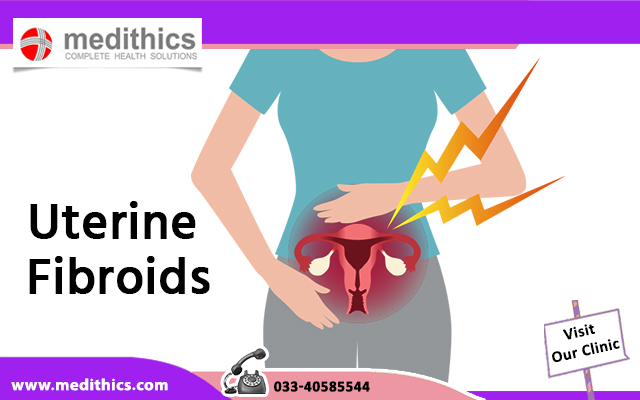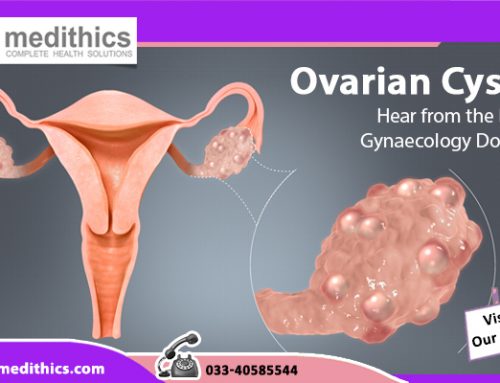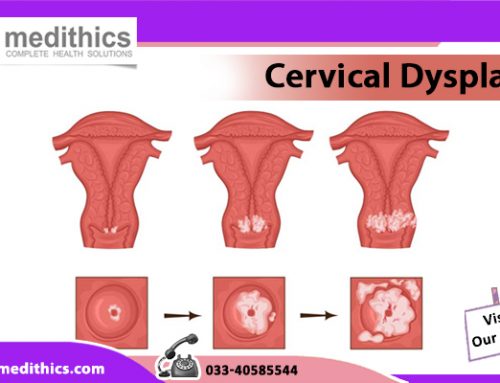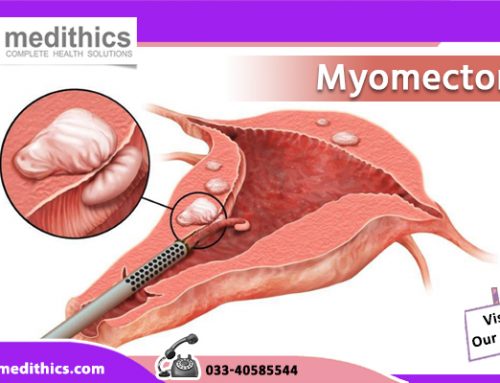Benign tumours originating in the uterus (womb) are known as uterine fibroids. The muscle fibres of uterine fibroids are the same as those that compose the uterine wall (myometrium). However, the fibres are much dense in the uterine fibroids. Uterine fibroids normally have a round shape. The best gyne doctors in Kolkata often describe uterine fibroids based on their location in the uterus.
- Subserosal fibroids: The location of these fibroids is beneath the serosa, which is the lining membrane on the outside of the uterus.
- Submucosal (submucous) fibroids: The location of these fibroids is inside the uterine cavity beneath the inner lining of the uterus.
- Intramural fibroids: The location of these fibroids is in the muscular wall of the uterus.
- Pedunculated fibroids: On the pedicle, a stalk of tissue, these fibroids grow. The pedicle either extends inside the uterus cavity or outside the uterus from its outer surface.
Symptoms
A woman with uterine fibroids may be unaware of their presence, as they often have no symptoms. Sometimes there can be abnormal uterine bleeding, which is the most common symptom of a fibroid. There can be heavy periods, prolonged periods, painful periods or spotting between menses when the location of the tumours is near the uterine lining or they interfere with the blood flow to the lining. The symptoms of uterine fibroids are based on their location within the uterus, size, and their closeness to the adjacent pelvic organs. The following are a few symptoms of large fibroids:
- Pressure on the bladder
- Frequent urination
- Obstructed urination
- Pain during sex
- Pelvic pain
- Pressure on the rectum
- Painful or difficult defecation
Women should consult the gynecology doctors in Kolkata when they have these symptoms.
Uterine fibroids and pregnancy
There is normally no problem in ovulation due to uterine fibroids. However, they can lead to poorer pregnancy outcomes as they sometimes impair fertility. There are decreases in fertility mainly when there are submucosal fibroids, which deform the inner uterine cavity. There can be repeated miscarriages due to fibroids in occasional cases.
Diagnosis
The diagnosis of uterine fibroids is possible through pelvic exam and ultrasound. The doctor also sometimes suggests an MRI and CT scan for diagnosis. You may need to undergo a hysterosonogram (HSG) when the doctor tries to detect the presence of a fibroid in the uterine cavity (endometrial cavity).
Treatment
The best gynecologist in Kolkata prescribes some medicines for the treatment of uterine fibroids. There may be the need for surgery, MRI-guided high-intensity focused ultrasound (MRgFUS) or uterine artery embolization (UAE) if the use of medicines doesn’t give the desired result. The surgery can be carried out through the procedures of hysterectomy and myomectomy. The surgeon removes the uterus and the fibroids with it in hysterectomy whereas the process of myomectomy involves the
removal of only the uterine fibroids.





